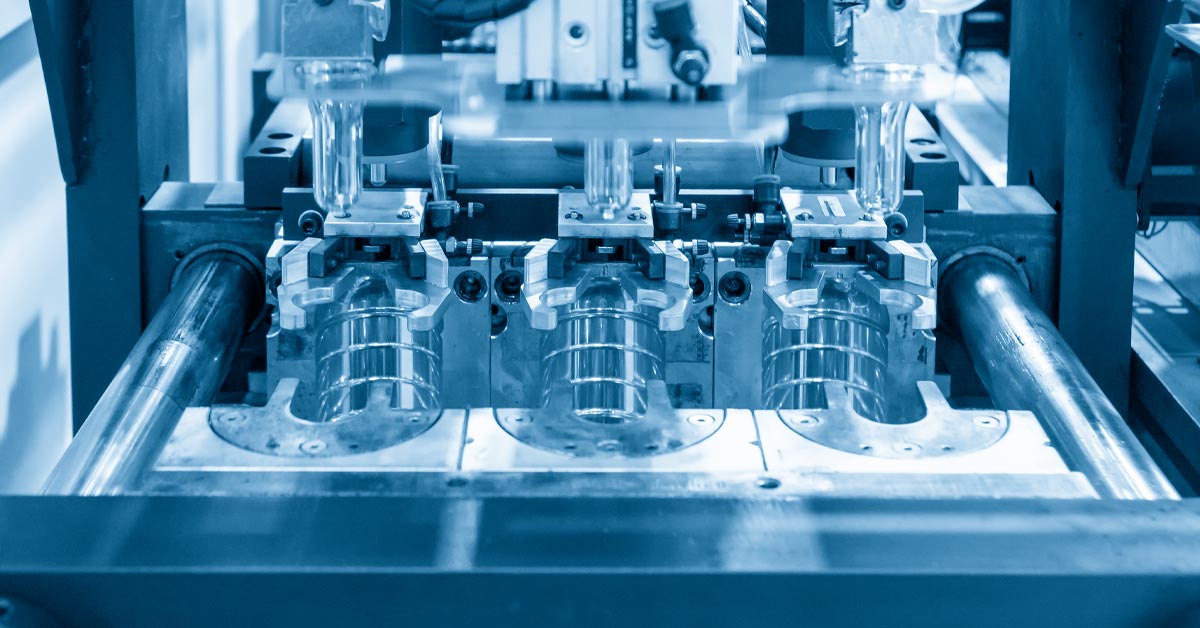Unveiling the Magic: The Intriguing World of Plastic Injection Molding
Plastic injection molding is a fascinating process that plays a significant role in the production of countless items we use in our daily lives. Understanding how this technique works can provide valuable insights into the manufacturing industry's intricacies and innovations. From intricate components to everyday items, plastic injection molding is a versatile and efficient method that has revolutionized mass production. Let's delve deeper into the intriguing world of plastic injection molding to uncover the magic behind its capabilities and applications.
History of Plastic Injection Molding
Plastic injection molding has a history that dates back to the late 19th century, when the process was first developed to meet the growing demand for mass-produced plastic products. Initially, the process involved injecting celluloid into a mold to create simple items like buttons and combs.
The real breakthrough for plastic injection molding came in the 1940s when James Watson Hendry built the first injection molding machine. This machine revolutionized the industry by introducing the concept of using screw injection to efficiently produce complex plastic parts. The innovation paved the way for the mass production of various plastic products.
As technology advanced over the years, plastic injection molding evolved into a highly precise and efficient manufacturing process. Today, it is used to produce a wide range of items, from intricate medical devices to everyday consumer products. The history of plastic injection molding showcases its transformative journey into a cornerstone of modern manufacturing.
The Process Explained
Plastic injection molding is a manufacturing process that involves injecting molten plastic material into a mold cavity. This molten plastic then cools and solidifies, taking the shape of the mold cavity to create a specific plastic part or product.

The process starts with the plastic material being fed into a heated barrel where it is melted. Once the plastic is in a liquid state, it is forced into the mold cavity through a nozzle. Pressure is applied to ensure the mold is completely filled and the plastic part is formed accurately.
After the plastic has cooled and solidified inside the mold, the mold opens and the newly formed plastic part is ejected. This method allows for high volume production of intricate and complex plastic parts with consistent quality and precision.
Applications in Various Industries
Plastic injection molding plays a vital role across a wide range of industries. In the automotive sector, this process is utilized to manufacture complex components such as dashboards, bumpers, and interior trim parts. These parts are not only durable but also lightweight, contributing to fuel efficiency and overall vehicle performance.
In the electronics industry, plastic injection molding is instrumental in producing intricate and customized casings for various devices like smartphones, laptops, and home appliances. The ability to create precise and intricate designs makes this manufacturing method ideal for meeting the demanding requirements of electronic products.
Furthermore, within the medical field, plastic injection molding is employed to manufacture disposable medical devices like syringes, tubes, and surgical instruments. The capability to produce sterile, high-quality, and cost-effective medical equipment using this process has revolutionized healthcare by ensuring patient safety and treatment efficiency.